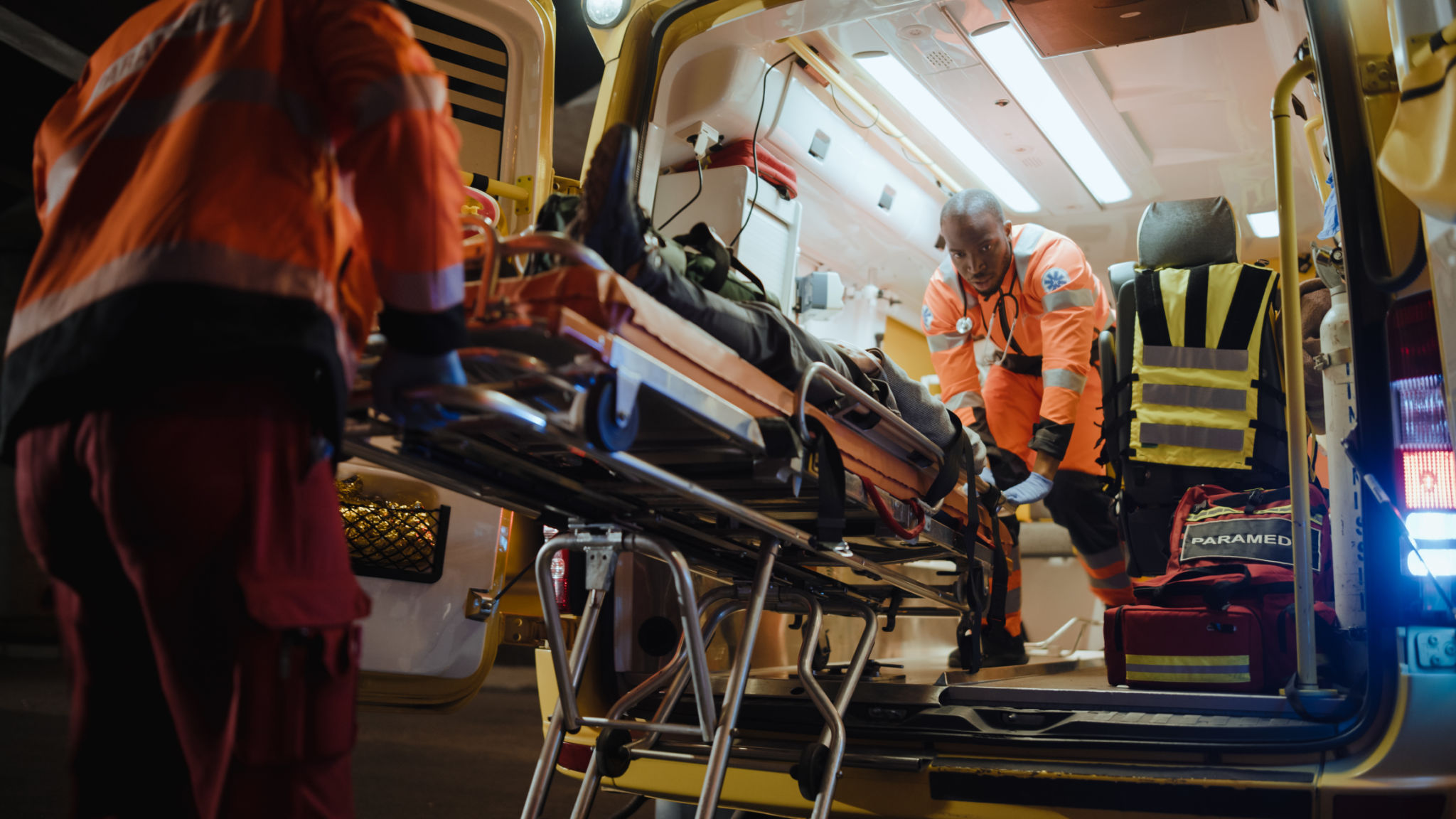The Role of Non-Emergency Ambulance Transport in Post-Surgery Recovery
Understanding Non-Emergency Ambulance Transport
When recovering from surgery, patients often require specialized care to ensure a smooth transition from hospital to home. This is where non-emergency ambulance transport plays a crucial role. Unlike emergency ambulances, these services are designed to provide comfortable and safe transportation for patients who are stable but still require medical assistance during transit.
Non-emergency ambulance transport is equipped with the necessary medical equipment and staffed by trained personnel who can monitor the patient's condition, administer medications if needed, and ensure that the recovery process is not disrupted. This service is particularly beneficial for those recovering from surgeries that may leave them temporarily immobile or in need of continuous medical supervision.

Benefits of Non-Emergency Ambulance Transport
One of the primary benefits of using non-emergency ambulance transport is the focus on patient comfort and safety. The vehicles are designed to accommodate stretchers or wheelchairs, ensuring that patients are transported in a manner that minimizes any discomfort or risk of injury. Furthermore, having medical staff on board provides peace of mind to both patients and their families.
Another significant advantage is the convenience it offers. For families, arranging transportation for a loved one post-surgery can be challenging, especially if they require specialized care. Non-emergency ambulance services eliminate this burden by providing a reliable and professional solution. This allows families to focus on offering emotional support rather than worrying about logistical concerns.
How Non-Emergency Ambulance Transport Aids Recovery
Post-surgery recovery can be a delicate time, requiring meticulous attention to various aspects of health care. Non-emergency ambulance transport ensures that this transition from hospital to home is handled with care, which can significantly impact the overall recovery process.

A structured and stress-free transport experience helps maintain the patient's stability, reducing the risk of complications. The presence of trained medical staff means that any immediate needs or concerns can be addressed swiftly, preventing minor issues from escalating into serious problems.
Choosing the Right Transport Service
Choosing the right non-emergency ambulance service is crucial for ensuring optimal recovery outcomes. Here are some factors to consider:
- Reputation and Reviews: Look for services with positive reviews and recommendations from healthcare professionals.
- Accreditation and Certification: Ensure the service is accredited and meets government standards for medical transport.
- Experience and Training: Choose providers with experienced staff trained in post-surgery patient care.
The Future of Non-Emergency Ambulance Transport
As technology advances, non-emergency ambulance transport services are continually evolving to offer better solutions for post-surgery recovery. Innovations in vehicle design, real-time monitoring systems, and telemedicine capabilities are enhancing the quality and efficiency of these services.

The role of non-emergency ambulance transport will likely expand as more healthcare providers recognize its value in comprehensive patient care plans. By integrating these services into standard post-operative protocols, healthcare systems can improve patient outcomes and overall satisfaction.
In conclusion, non-emergency ambulance transport plays an essential role in facilitating a smooth and safe return home after surgery. By providing specialized care during transit, these services support recovery, allowing patients to focus on healing while easing the burden on their families. As this field continues to evolve, it promises even greater benefits for patients and healthcare providers alike.
